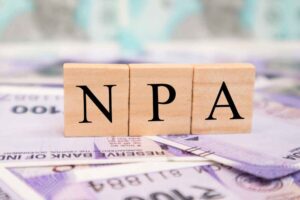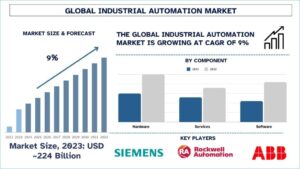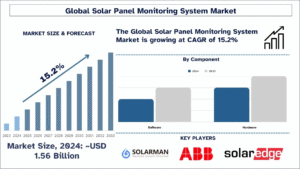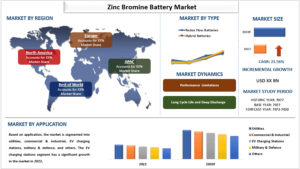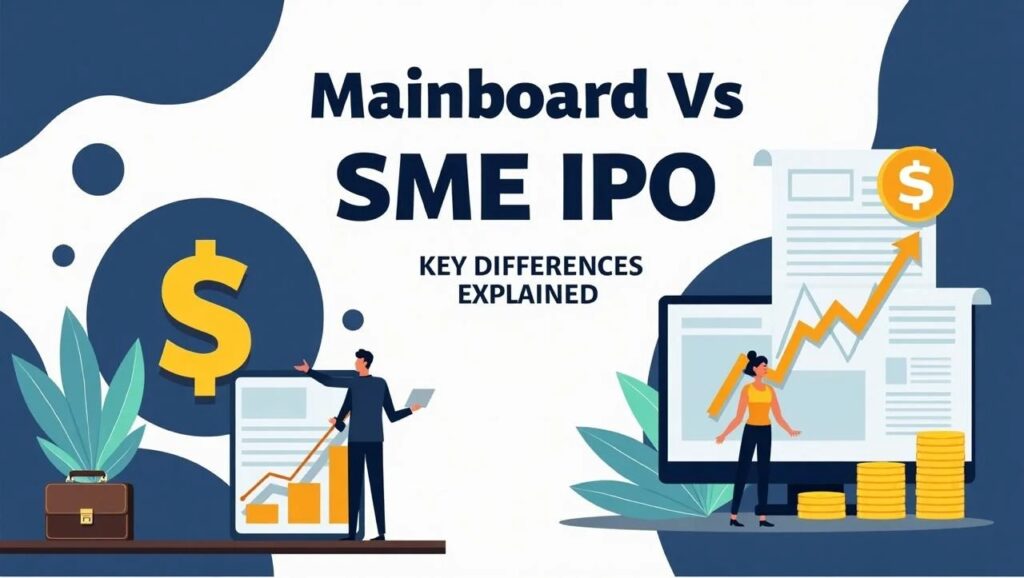
India’s capital market continues to surge with new opportunities for investors and growing businesses alike. As we step into 2025, both Mainboard IPOs and SME IPOs are playing a vital role in fueling India’s economic momentum. However, for entrepreneurs and investors, understanding the difference between Mainboard IPO and SME IPO is crucial to making informed decisions.
In this article, we’ll break down the key differences between Mainboard and SME IPOs, highlight their eligibility criteria, discuss market trends in 2025, and guide you on how India IPO can assist through its dedicated advisory services — including Mainline IPO Consultancy and SME IPO Consultancy.
What is a Mainboard IPO?
A Mainboard IPO (Initial Public Offering) refers to the process through which large and established companies list their shares on major stock exchanges such as NSE and BSE Mainboard. These companies typically have strong financial performance, higher capital requirements, and a proven business track record.Key Features of Mainboard IPOs:
- Minimum Post-Issue Paid-up Capital: ₹10 crores or more
- Regulated by: SEBI (Securities and Exchange Board of India)
- Investor Participation: Retail, HNI, QIBs, and Institutional investors
- Listing Platform: NSE and BSE Mainboard segment
- Regulatory Compliance: Stringent disclosure norms, quarterly results, corporate governance guidelines
What is an SME IPO?
On the other hand, a Small and Medium Enterprise (SME) IPO caters to emerging businesses that may not yet meet the eligibility criteria for the mainboard. These IPOs are listed on specialized SME platforms like BSE SME and NSE Emerge. The objective is to provide smaller enterprises with easier access to public funding while maintaining regulatory flexibility.Key Features of SME IPOs:
- Minimum Post-Issue Paid-up Capital: ₹1 crore to ₹25 crores
- Investor Base: Retail investors, HNIs, and small institutions
- Listing Platform: NSE Emerge and BSE SME segment
- Regulatory Compliance: Simplified disclosure requirements
- Migration Option: SMEs can later migrate to the mainboard after meeting specific criteria
Mainboard IPO vs SME IPO: Key Differences
| Parameter | Mainboard IPO | SME IPO |
|---|---|---|
| Eligibility | Minimum paid-up capital of ₹10 crore | Paid-up capital between ₹1 crore and ₹25 crore |
| Regulatory Norms | High compliance & disclosure standards | Relaxed disclosure and compliance requirements |
| Listing Exchange | NSE / BSE Mainboard | NSE Emerge / BSE SME |
| Minimum Application Size | ₹10,000 – ₹15,000 | ₹1,00,000 – ₹1,50,000 |
| Investor Type | Retail, HNI, Institutional | Retail & HNI (mostly individual investors) |
| Liquidity | High liquidity due to wider investor participation | Relatively lower liquidity |
| Post-Listing Requirements | Mandatory quarterly disclosures | Half-yearly reporting suffices |
| Migration Possibility | Not applicable | Can migrate to mainboard post eligibility |
2025 Market Update: IPO Trends in India
The year 2025 is witnessing a vibrant IPO market, fueled by strong investor sentiment and robust economic fundamentals. According to market analysts, over 80+ companies are expected to launch IPOs this year across both Mainboard and SME platforms.Key Market Highlights:
- Mainboard IPOs: Large-cap companies in sectors such as manufacturing, fintech, renewable energy, and EV are leading the charge.
- SME IPOs: Smaller enterprises, particularly in chemical, IT, and infrastructure industries, are seeing record-breaking oversubscriptions.
- Retail Participation: Retail investors are showing growing interest in SME IPOs due to their lower entry barrier and potential for higher short-term gains.
- Regulatory Developments: SEBI continues to streamline listing norms, making it easier for startups to transition from SME to Mainboard platforms.
Examples of Recent IPOs in India
For investors interested in tracking recent IPOs and performance trends, check out these in-depth analyses available on the India IPO blog:- Sihora Industries IPO — A manufacturing sector entrant with strong financials.
- Midwest IPO — An engineering firm showing promising subscription data.
- SK Minerals & Additives IPO — A fast-growing SME in the chemicals domain.
Choosing Between Mainboard and SME IPO — Which is Right for You?
When selecting the right IPO path, businesses should assess:- Business size and capital requirement
- Long-term expansion goals
- Financial history and governance structure
- Investor appetite and market readiness
